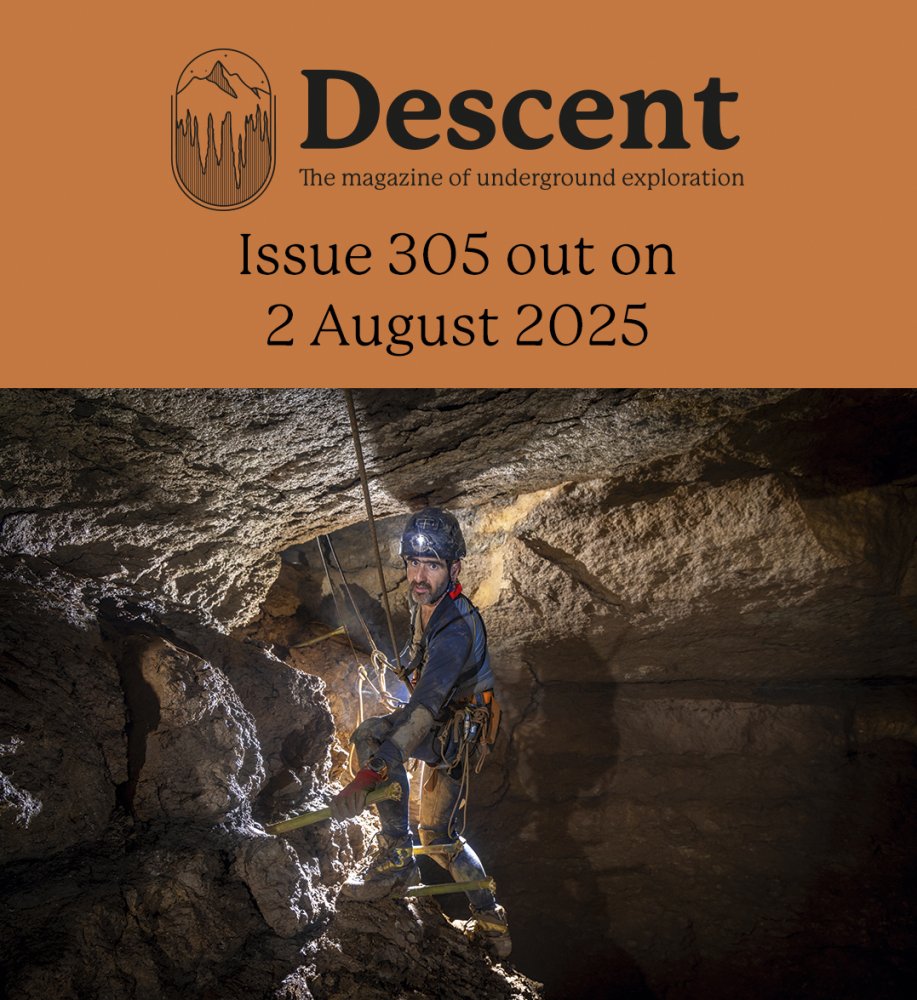Cantclimbtom
Well-known member
is your post erratic? 

I used to climb at Markfield back in the 80s. There's a disused quarry at Huncote which had some good looking routes back then. Over the hill from Huncote is what appears to be the deepest hole in Britain but they don't seem to be leaving behind any climbable rock for future generations due to tiering.I used to climb a fair bit in Leicestershire, and it’s a bit of a gem in the midlands. The geology is really varied for such a compact area, with granite at swithland reservoir and mark field quarry (near to the exposed rocks on the M1 which I thought of as a fine grained granite but maybe andesite.). Plenty of slate in the wood house eaves area, with a shortish quarried tunnel in forest rock. There’s also Horn stone at Beacon hill, which polishes very easy and incredibly dense.
T'internet suggests, in the red corner (Cornwall): https://www.atlasobscura.com/places/delabole-slate-quarry... Over the hill from Huncote is what appears to be the deepest hole in Britain but they don't seem to be leaving behind any climbable rock for future generations due to tiering.
Depends how tall each tier is, it worked out very well in Dinorwig!I used to climb at Markfield back in the 80s. There's a disused quarry at Huncote which had some good looking routes back then. Over the hill from Huncote is what appears to be the deepest hole in Britain but they don't seem to be leaving behind any climbable rock for future generations due to tiering.
Yes, this is the locality from which Charnia masoni gets its name. 'Charnia' was a soft-bodied organism whose fossil was discovered by a schoolboy in the 1950's - looks a bit like a laurel leaf, although 'quilted' in form and with a basal holdfast to the seafloor. Further similar fossilised fauna were discovered in the Ediacara Mountains in Australia, and the pre-Cambrian geological period to which they belong was subsequently named the 'Ediacaran'. Debate continues regarding the affinity of these early organisms, which disappear from the fossil record by the early Cambrian (541mA)If you look at the geological map of the area, it's all Triassic with inliers of Pre-cambrian all over the place. Reading my BGS regional guide last night, it appears that the Triassic was deposited as a veneer onto a 'fossil' Pre-cambrian land surface, with the topographic highs now appearing as 'windows' into the Pre-cambrian. Didn't David Attenborough go searching for fossils here?
Years ago I did a course in Historic Building Conservation through Cambridge University's ACE scheme. The Tutor was a planning conservation officer and we visited Collyweston (before the underground quarry reopened). There was a lot of interest from the local planners in the slates and ensuring they were preserved. I imagine the quarry is kept quite busy providing materials for repairs and extensions etc.I skimmed through a video about RAF Colleyweston (interesting that from 1943 onwards they flew captured German aircraft from there) and near the start there's some driving about footage and many of the buildings have Colleyweston "slates".
Looks very nice, rustic, goes with those buildings nicely. Must have come out of the underground quarries that you posted a pic?
I don't understand why the bluestones are "interesting", looking at the directions and limits of glaciation events on a map, why are they not just viewed as erratic boulders, like the big lump of Whin sill in Southern Essex (now in Bedford's park https://en.wikipedia.org/wiki/Bedfords_Park) dug up in local gravel pit). But maybe the Flying saucer tractor beam or 10,000 slaves with log rollers are more exciting explanations?Leicestershire slate gravestones in the USA?
That could give archaeologists a headache similar to the origin of the Stonehenge bluestones and how they got there!
In part because it appears all or some of them were used in an earlier henge in the Preseli hills quite close to one probable quarry, so glacial erratics would seem unlikely.I don't understand why the bluestones are "interesting", looking at the directions and limits of glaciation events on a map, why are they not just viewed as erratic boulders, like the big lump of Whin sill in Southern Essex (now in Bedford's park https://en.wikipedia.org/wiki/Bedfords_Park) dug up in local gravel pit). But maybe the Flying saucer tractor beam or 10,000 slaves with log rollers are more exciting explanations?
I wonder if whoever commissioned it ever realised the contractor was using reclaimed materials.....In part because it appears all or some of them were used in an earlier henge in the Preseli hills quite close to one probable quarry, so glacial erratics would seem unlikely.
Jim
Nah.. it was a heritage/cultural project, that gets extra brownie pointsI wonder if whoever commissioned it ever realised the contractor was using reclaimed materials.....
Yes.If you look at the geological map of the area, it's all Triassic with inliers of Pre-cambrian all over the place. Reading my BGS regional guide last night, it appears that the Triassic was deposited as a veneer onto a 'fossil' Pre-cambrian land surface, with the topographic highs now appearing as 'windows' into the Pre-cambrian. Didn't David Attenborough go searching for fossils here?
The original setting in Preseli was called the Giants Dance. It was moved to Salisbury plain by Merlin. At least that was what Geoffrey of Monmouth said in his Historia Regum Britanniae, although he had it starting in Ireland.In part because it appears all or some of them were used in an earlier henge in the Preseli hills quite close to one probable quarry, so glacial erratics would seem unlikely.
Jim

Giants are a bloomin' nuisance to geologists and archeologists. Building their causeways, moving henges and dropping big boulders erratically to try to confuse geologists. I hope this government will take a firm stand against their menace. Although digging a big hole in Derbyshire wasn't such a bad idea but did lead to confusion with some still believing it's some sort of cave rather than giant's mine& Geoffrey of Monmouth thought the stones had originated in Africa:
